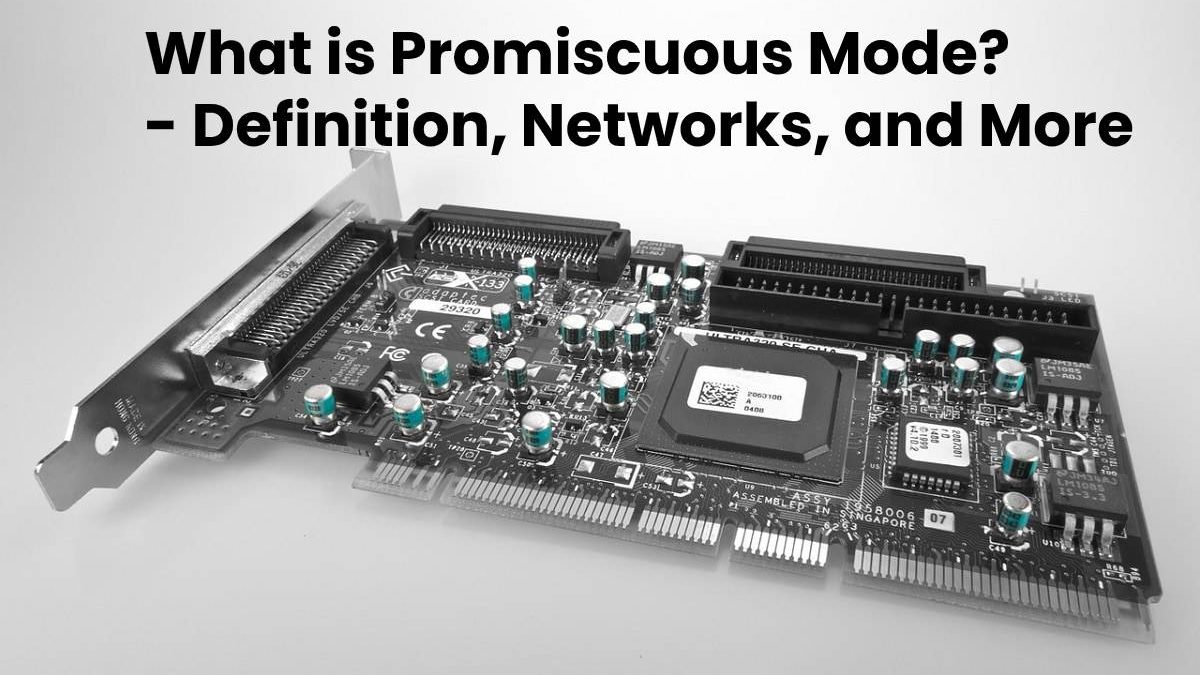[Promiscuous Mode Definition
Promiscuous Mode is a network card background that does not filter incoming packets by MAC.
The Promiscuous Mode denotes a specific reception mode for network technology devices.
But as a substitute receives and accepts all incoming network of data.
This setting commonly used to sniff all network traffic and to help diagnose networking issues.
However, it may also use to look for any unencrypted data such as usernames and passwords entered in FTP and Telnet.
Also Read: What is VulkanRT? – Definition, Features and More
What are the Details of Promiscuous Mode?
- In this mode, the device reads all incoming traffic to the network interface switch to this mode and forwarded the data to the operating system for processing.
- It can be necessary, for example, for the operation of virtual machines, which thereby have their network interface.
- Devices that use this mode are combinations of switches and routers, network testers, or even regular computers connect to a network.
- In wireless LANs (WLANs), packets also forwarded in the promiscuous mode that does not address yourself.
- Since connecting to the network usually accompanied by authentication, it is not suitable for intercepting packets from a network to which you have no direct access.
- If you want to receive all packets and all accessible WLAN networks, the monitor mode is required.
- In this mode, the device only processes the packets addressed to itself, which is done in Ethernet networks, for example, by evaluating the MAC address.
What are the Switched Networks of Promiscuous Mode?
- In networks formed by switches (as opposed to hubs ), the promiscuous mode is useless for surveillance.
- Since usually only the packets intended for it and routed to each device.
- VMs affected by this, as they actively communicate with their address in the network.
- And also, recognized by the switch as an independent device.
Also Read: What is Pharming? – Definition, Protection, and More
Kamran Sharief
Related posts
Recent Posts
GameStop Near Me Tennessee, United States
GameStop Near Me Tennessee, United States Are you looking for a GameStop near you? Don’t worry—you’ve found the right post….
GameStop Near Me Vermont, United States
GameStop Near Me Vermont, United States – Are you a game lover? And if you are searching for the best Gamestop…



